
Things To Do In Reykjavík In January
Visiting Reykjavik in January offers a mix of magical winter light, cultural festivals, cozy geothermal pools, and the chance to see the Northern Lights. With fewer crowds than summer and plenty of unique seasonal activities, this is the perfect month to discover Iceland’s capital.
In this guide, you’ll find the best things to do in Reykjavik in January, along with tips on weather, daylight hours, what to wear, and hidden gems to make the most of your trip.
For insights into the previous month’s activities, check out our guide on things to do in Reykjavík in December.
Weather in Reykjavik in January
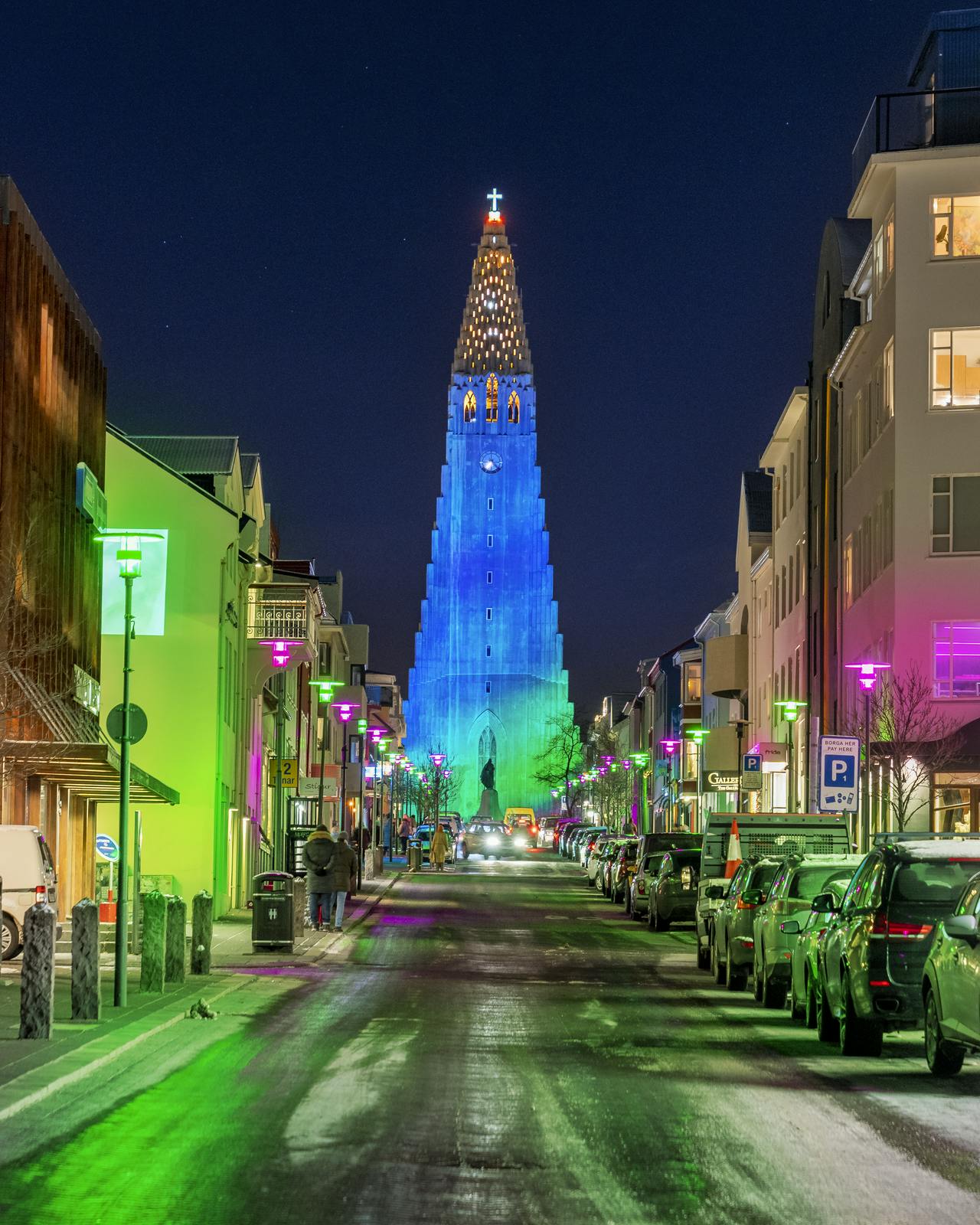
One of the most common questions visitors ask is: “What is the weather like in Reykjavik in January?” Reykjavik winter temperatures average –2°C to 3°C (28 to 37°F), though the wind chill often makes it feel colder.
- Snow and sleet are common, creating a festive winter atmosphere.
- Storms can roll in suddenly, so always check the Icelandic Met Office forecast.
- Coastal Reykjavík is slightly milder than northern towns, but you’ll still need to dress in layers.
Pro tip: Pack waterproof clothing and shoes, Reykjavik in January weather is less about extreme cold and more about wind, ice, and sudden changes.
Reykjavik Daylight Hours in January

Reykjavik in January has very short days. On January 1st, the sun rises around 11:20 a.m. and sets at 3:45 p.m., giving just over 4 hours of daylight. By the end of the month, daylight stretches closer to 7 hours.
This makes planning important:
- Do outdoor sightseeing (waterfalls, walking tours, whale watching) in the midday window.
- Save evenings for indoor attractions, concerts, and geothermal spas.
- The long nights mean that in Reykjavik in January northern lights viewing is excellent.
Before heading out on winter adventures in Reykjavik, always check the weather forecast and road conditions. For up-to-date guidance, visit SafeTravel.is to learn how to travel safely around Iceland. For those planning photography, remember that Iceland in January northern lights displays are especially vivid thanks to the extended hours of darkness.
Top Things To Do in Reykjavik in January
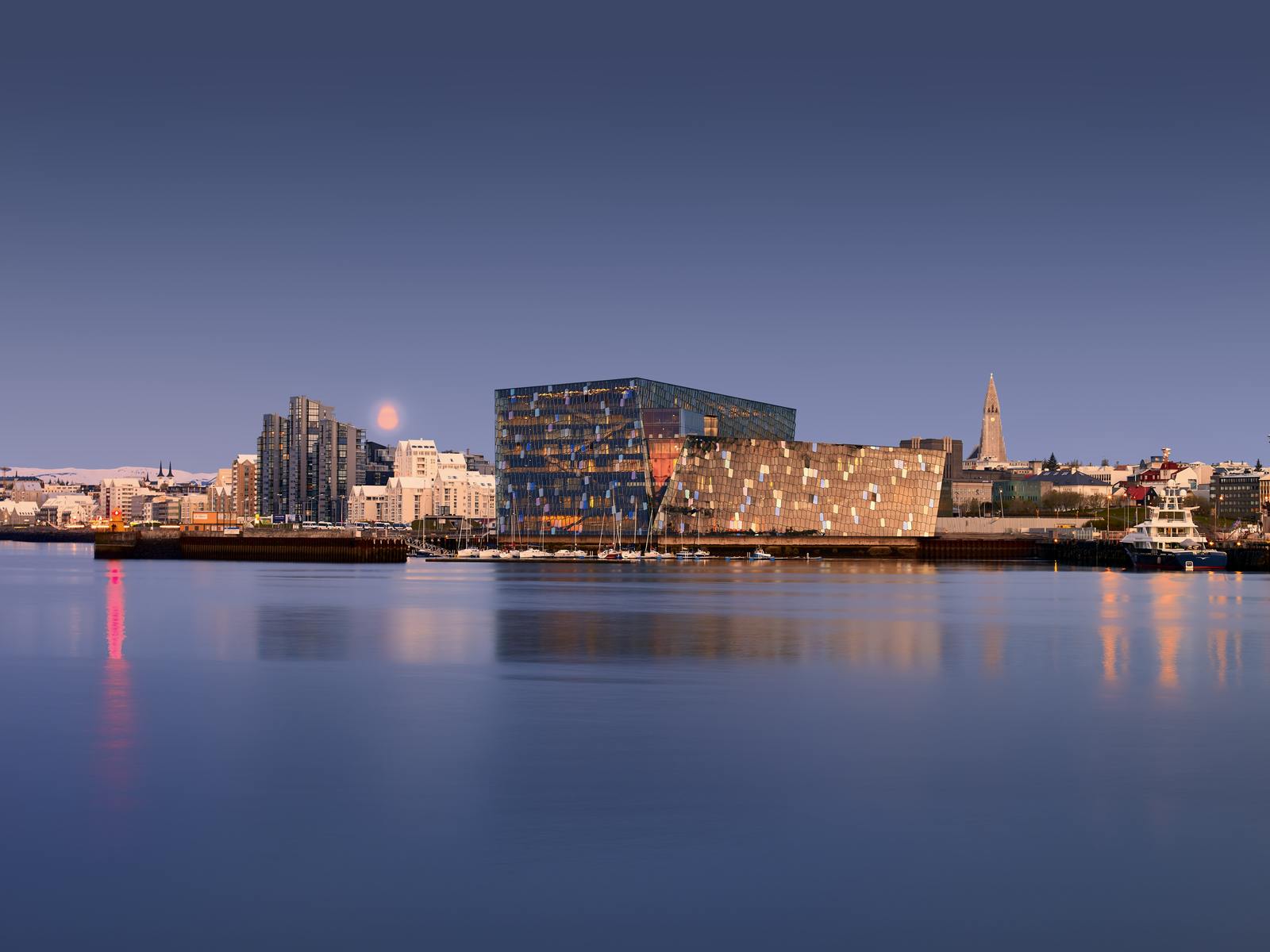
Reykjavik in January offers a mix of winter highlights you won’t want to miss. With only a few hours of daylight, it’s important to plan carefully, but the long nights are perfect for spotting the northern lights, enjoying cultural events, and making the most of indoor attractions. Here are the top things to do in Reykjavik in January.
1. Hunt the Northern Lights in Reykjavik in January
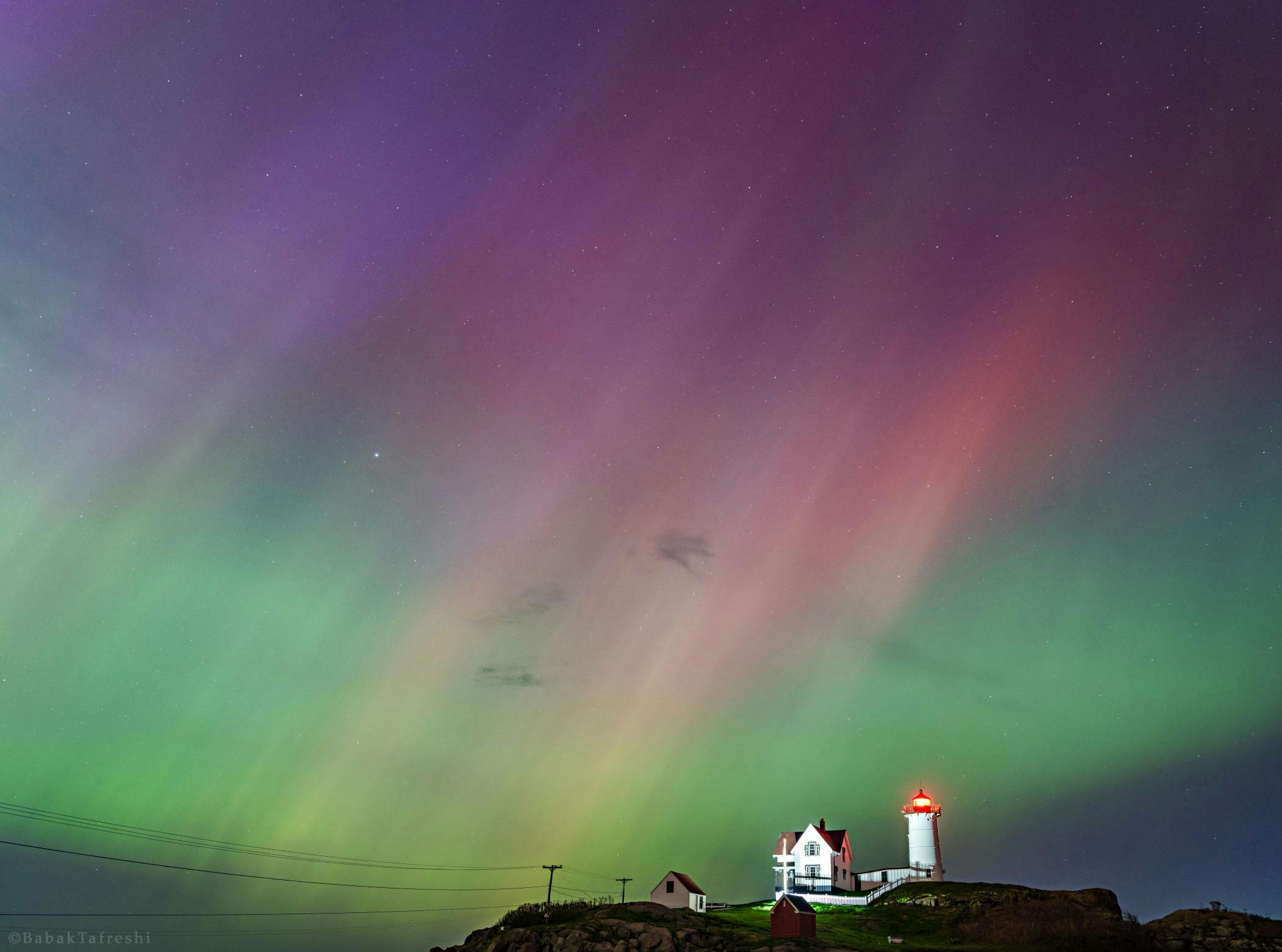
The northern lights are one of the biggest reasons people visit Reykjavik in January. Reykjavik itself can provide sightings on clear nights, particularly from Grótta Lighthouse. Make sure to check out this handy Aurora Forecast Tool, so you know exactly when and where the northern lights are likely to appear.
If the skies don’t cooperate, you can still experience the phenomenon indoors at the Northern Lights Show at Perlan. This immersive 360° planetarium show recreates the aurora while explaining the science behind it.
2. Enjoy Free Things to Do in Reykjavik in January
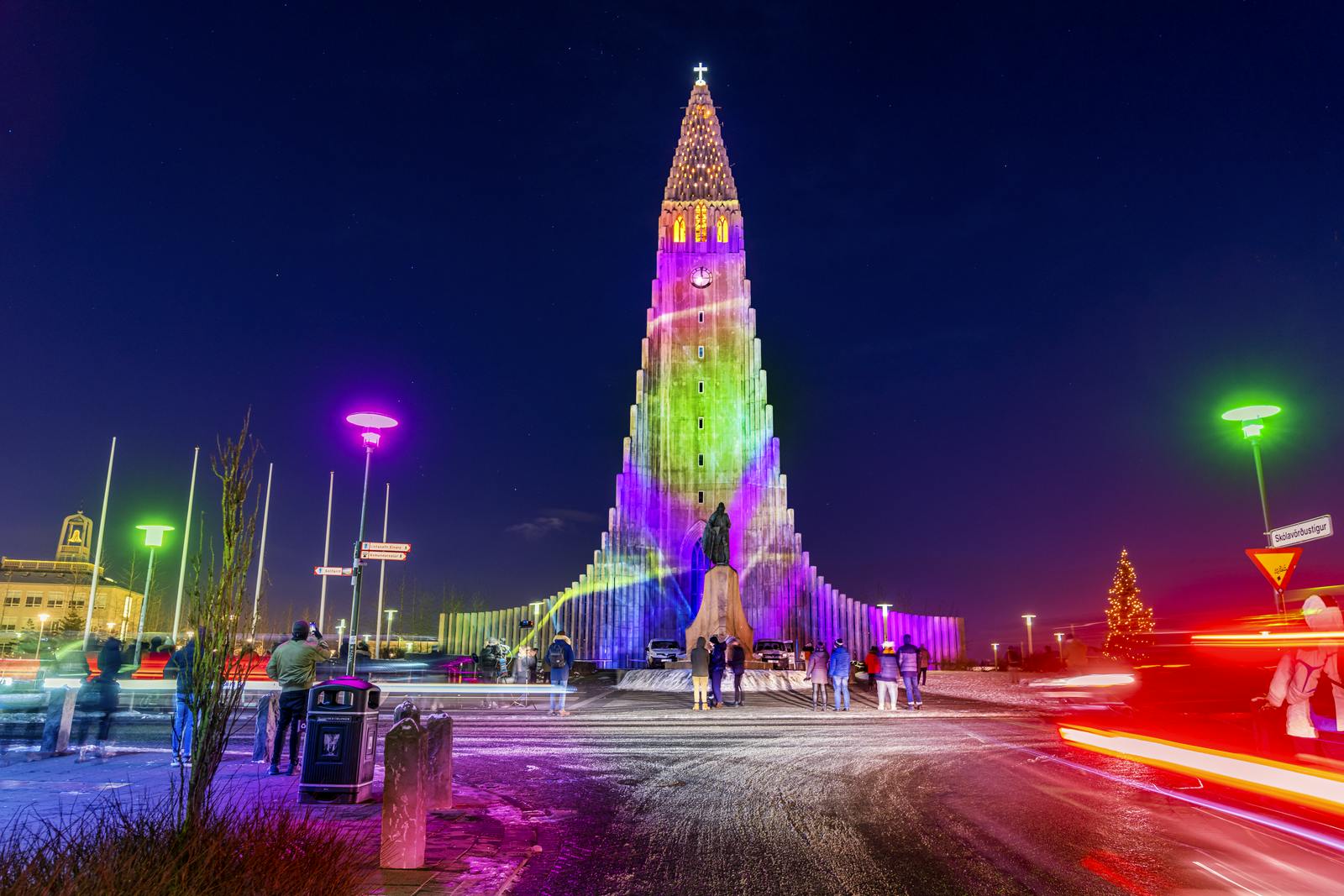
Visiting Reykjavik in January doesn’t have to break the bank, many of the city’s most memorable experiences are completely free. From exploring cultural landmarks to enjoying the winter scenery, there are plenty of ways to soak in the atmosphere without spending a króna. Here are some of the best free things to do in Reykjavik in January:
- Walk along the Old Harbour and watch the snowy mountains across the bay.
- See the Sun Voyager sculpture, which looks dramatic under winter light.
- Explore Reykjavík street art, including Rainbow Street and Grandi District.
- Visit Tjörnin Pond, often frozen in January with locals ice skating.
- Admire Hallgrímskirkja Church from the outside, lit up against the dark sky.
These activities make Reykjavik in January a great destination even for budget travelers.
3. Warm Up in Reykjavik’s Geothermal Pools and Spas
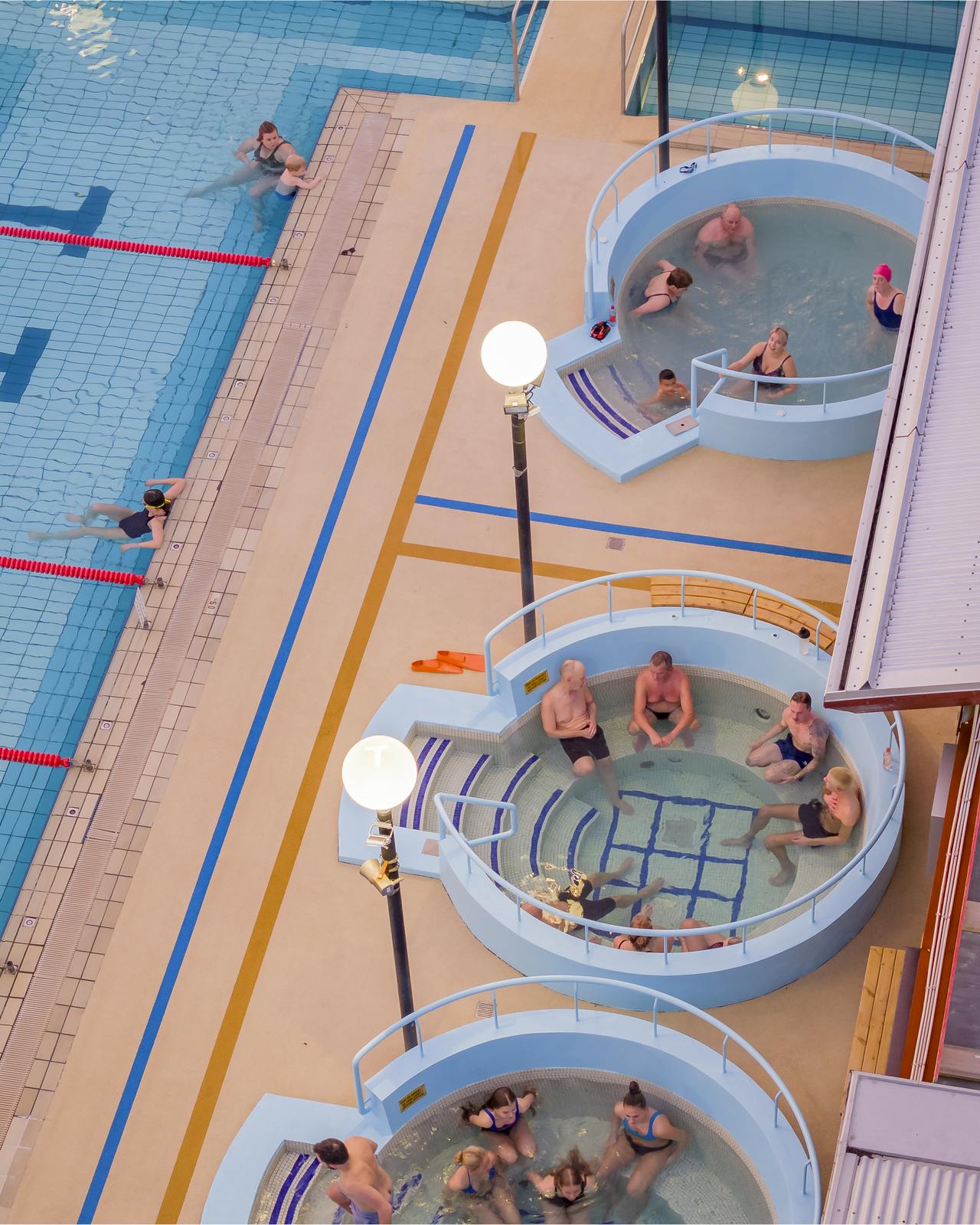
Soaking in steaming geothermal water while the crisp winter air swirls with snowflakes is one of the most unforgettable Reykjavik experiences, blending relaxation, tradition, and the magic of Icelandic winter.
- Laugardalslaug: Reykjavik’s biggest pool with hot tubs and a steam room.
- Sundhöllin: Historic indoor pool with rooftop hot tubs.
- Vesturbæjarlaug: A cozy local favorite.
- Blue Lagoon Iceland: Just outside Reykjavik, this world-famous spa is magical in January. Picture snowflakes falling as you relax in milky-blue water surrounded by lava fields.
For more inspiration on where to take a dip, read more about the best swimming pools in Reykjavik, and discover which spots locals love most.
4. Explore Reykjavik Museums and Indoor Attractions
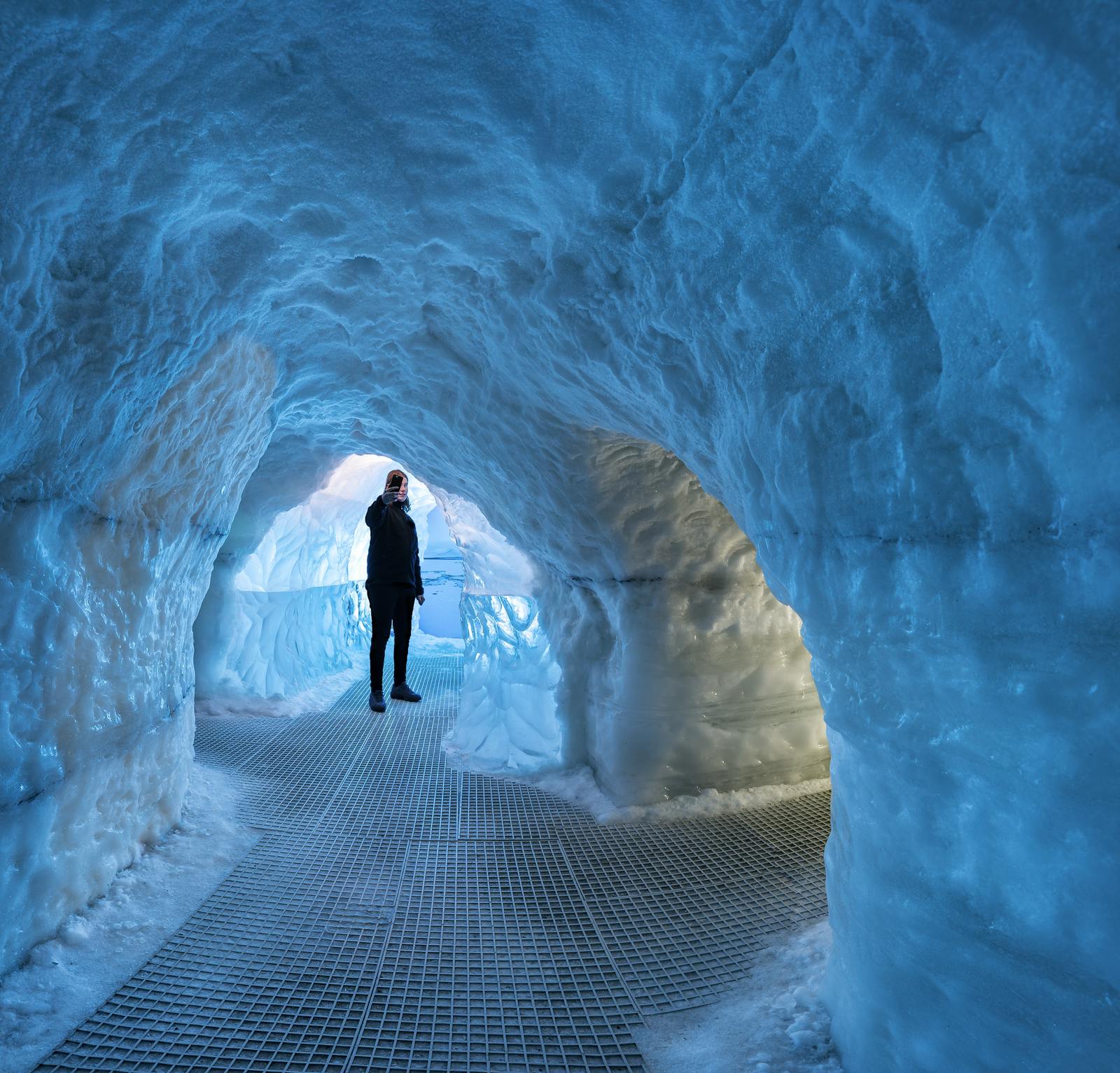
Reykjavik in January offers the perfect excuse to dive into its rich cultural scene. With short daylight hours, snow, and unpredictable storms, many travelers turn to the city’s museums and indoor attractions for warmth and discovery.
These spots bring Iceland’s history, art, and natural wonders to life while giving you a break from the winter chill. From Viking sagas to modern art and interactive glacier exhibitions, Reykjavik’s museums are an essential part of experiencing the city in winter. With stormy weather and limited daylight, Reykjavik’s museums are perfect in January:
- National Museum of Iceland – Viking to modern history.
- Reykjavik Art Museum – Iceland’s largest, with three sites.
- Settlement Exhibition – Viking ruins beneath the city.
- Perlan Ice Cave & Glaciers Exhibition – Step into a 100m ice cave made from real snow.
Indoor attractions balance outdoor adventures and make sure you enjoy Reykjavik no matter the weather.
5. Have Fun at Local Events in Reykjavik in January

Even in the darkest month, Reykjavik comes alive with festivals and traditions. Þorrablót, held mid-January to mid-February, showcases traditional Icelandic foods like svið (sheep’s head), kæstur hákarl (fermented shark), and rúgbrauð with brennivín. Visitors can try these in Reykjavík restaurants or tours. Here are the top events to join when in Reykjavik in January:
- New Year’s Night (Jan 1): Reykjavik starts the year with massive fireworks across the city, best viewed from Hallgrímskirkja.
- Þrettándinn (Jan 6): “The Thirteenth” marks the end of Christmas with bonfires, fireworks, and the farewell of the Yule Lads.
- Thorrablot or Þorrablót (Mid-January): A feast of traditional Icelandic foods, paired with brennivín. Read more about traditional Icelandic food before trying it.
- Reykjavik International Games (Late Jan–Early Feb): Over 20 sporting disciplines bring international and local athletes to venues like Laugardalshöll arena.
- Dark Music Days Festival (Late Jan): Contemporary music fills Harpa Concert Hall and Hallgrímskirkja.
6. Explore Hidden Gems in Reykjavik in January

Reykjavik in January isn’t just about the well-known attractions like Hallgrímskirkja or the Old Harbour. Beyond the main sights, the city holds secret spots that many visitors overlook. These hidden gems showcase Iceland’s culture, nature, and creativity in unexpected ways, perfect for travelers seeking something more authentic.
Looking for off-the-beaten-path experiences? Try visiting these unique places in Reykjavik:
- Elliðaárdalur Valley: A hidden urban park with frozen waterfalls.
- Árbær Open Air Museum: Historical houses covered in snow.
- Nauthólsvík Geothermal Beach: Steam rises from the water even in midwinter.
- Grandi District: Trendy food halls, art spaces, and a chocolate factory.
These spots are less crowded in January and show a different side of Reykjavik as compared to busy season in the summer time.
What to Wear in Reykjavik in January
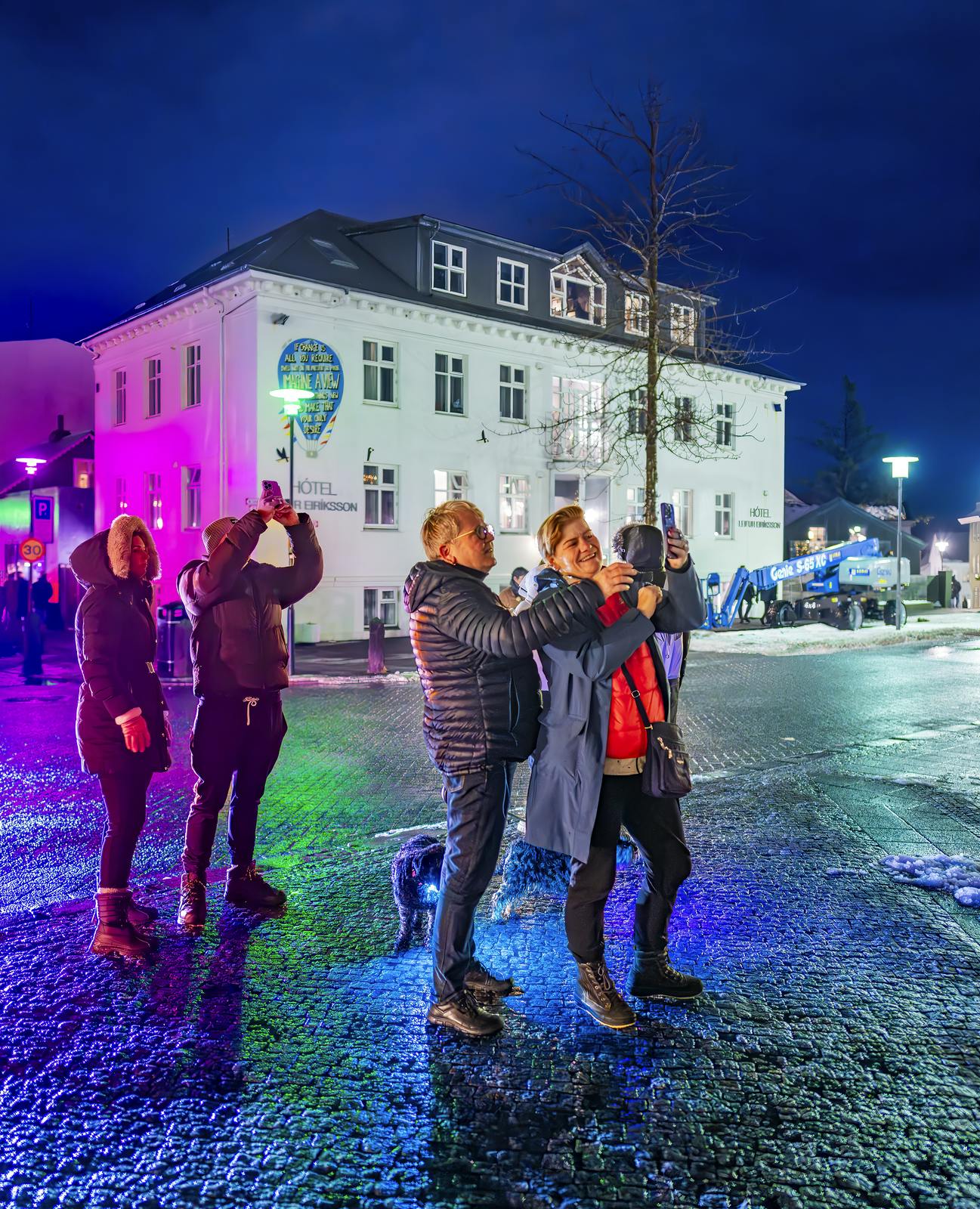
The best way to dress for Reykjavik in January is to think in layers that keep you warm, dry, and adaptable to sudden weather changes. Here’s a quick guide:
- Base Layer: Thermal underwear made of wool or synthetic fabrics (skip cotton, it stays damp).
- Mid Layer: A fleece or wool sweater for insulation.
- Outer Layer: A waterproof and windproof parka or insulated jacket.
- Footwear: Waterproof boots with good traction; bring microspikes for icy streets.
- Accessories: A warm hat, gloves, scarf, and thick socks. Sunglasses help on clear, snowy days.
Pro tip: Locals keep it practical, sturdy winter gear over fashion. Focus on comfort and protection, so you can enjoy Reykjavik’s winter activities and festivals without worrying about the weather.
Reykjavik in January Is Worth the Trip!
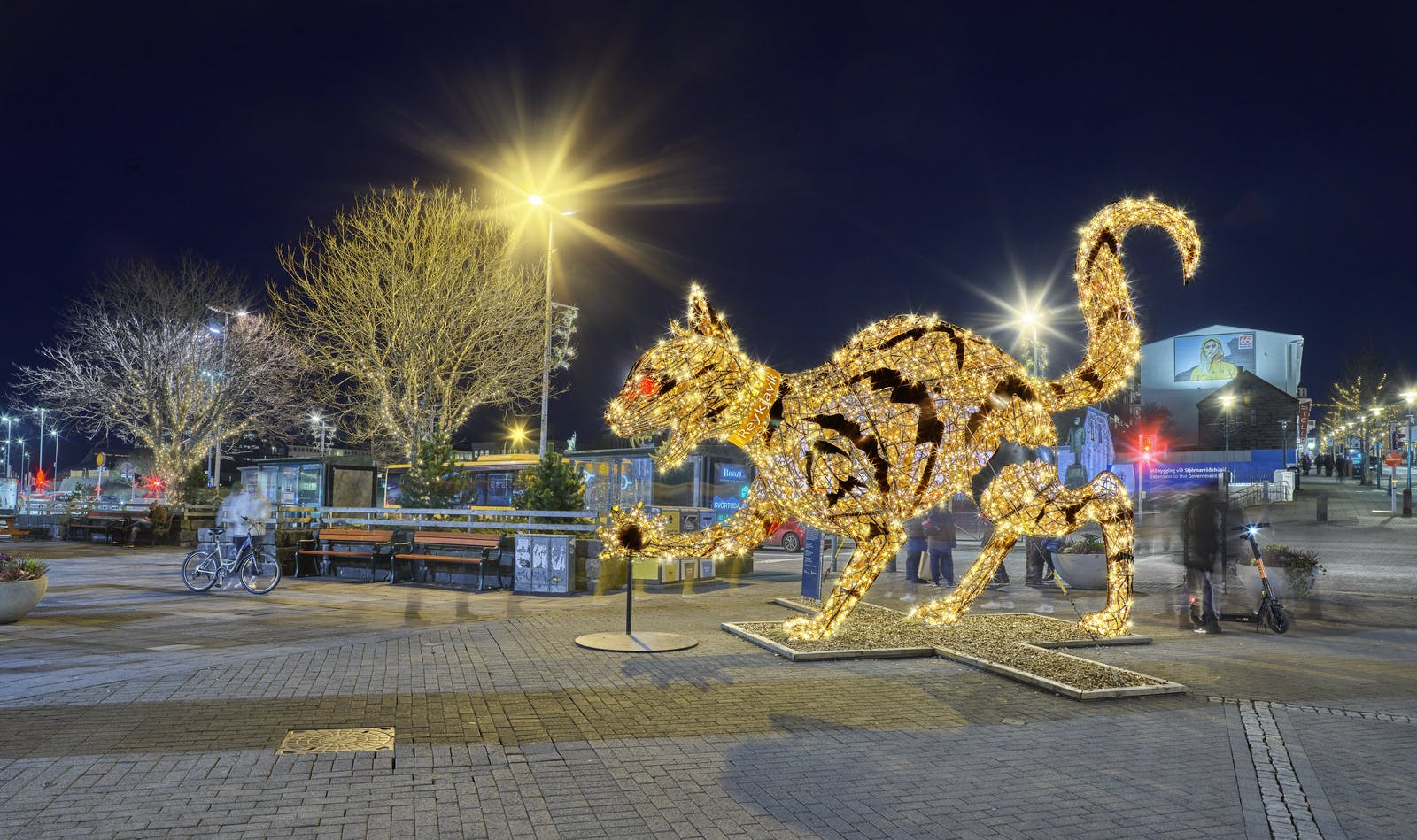
Reykjavik in January is a destination full of contrasts: dark nights and glowing auroras, icy winds and warm pools, cozy cafés and lively festivals. With smart packing and flexible planning, you’ll enjoy some of the most unforgettable things to do in Reykjavik in January.
From free city walks and hidden gems to world-class cultural events, the Icelandic capital proves that winter is one of the best times to visit with plenty of things to do.
Read more on our guide, things to do in Reykjavík in February.
FAQs About Reykjavik in January
Is it worth going to Reykjavik in January?
Yes. With Northern Lights, unique festivals, and fewer crowds, January offers an authentic Icelandic winter experience.
What can I do in Reykjavik in January?
Top activities include geothermal pools, museums, food tours, street art walks, and Northern Lights hunting. There are also many free things to do in Reykjavík in January like visiting Tjörnin pond and exploring the Old Harbour.
What to do in Reykjavik during winter?
Winter is the time to balance indoor attractions with outdoor adventures. Visit Hallgrímskirkja, warm up in local pools, see exhibitions, and enjoy Reykjavík nightlife.
What is the festival in Reykjavik in January?
Highlights include Þrettándinn, Þorrablót, Dark Music Days, and the Reykjavík International Games.
Can you see the Northern Lights in Reykjavik in January?
Yes. January’s long nights make it ideal for aurora viewing. Head to Grótta Lighthouse or see the Áróra show at Perlan.
How to dress for Reykjavik in January?
Wear thermal base layers, a warm mid-layer, and a waterproof parka. Insulated boots, gloves, a scarf, and a hat are essential.
How many daylight hours are there in Reykjavik in January?
There are around 4–5 hours at the beginning of the month and 7 by the end. Plan sightseeing in the midday light.
Does it snow in Reykjavik in January?
Yes, snowfall is common, though it’s lighter than northern Iceland. The city often alternates between snow, sleet, and rain.







